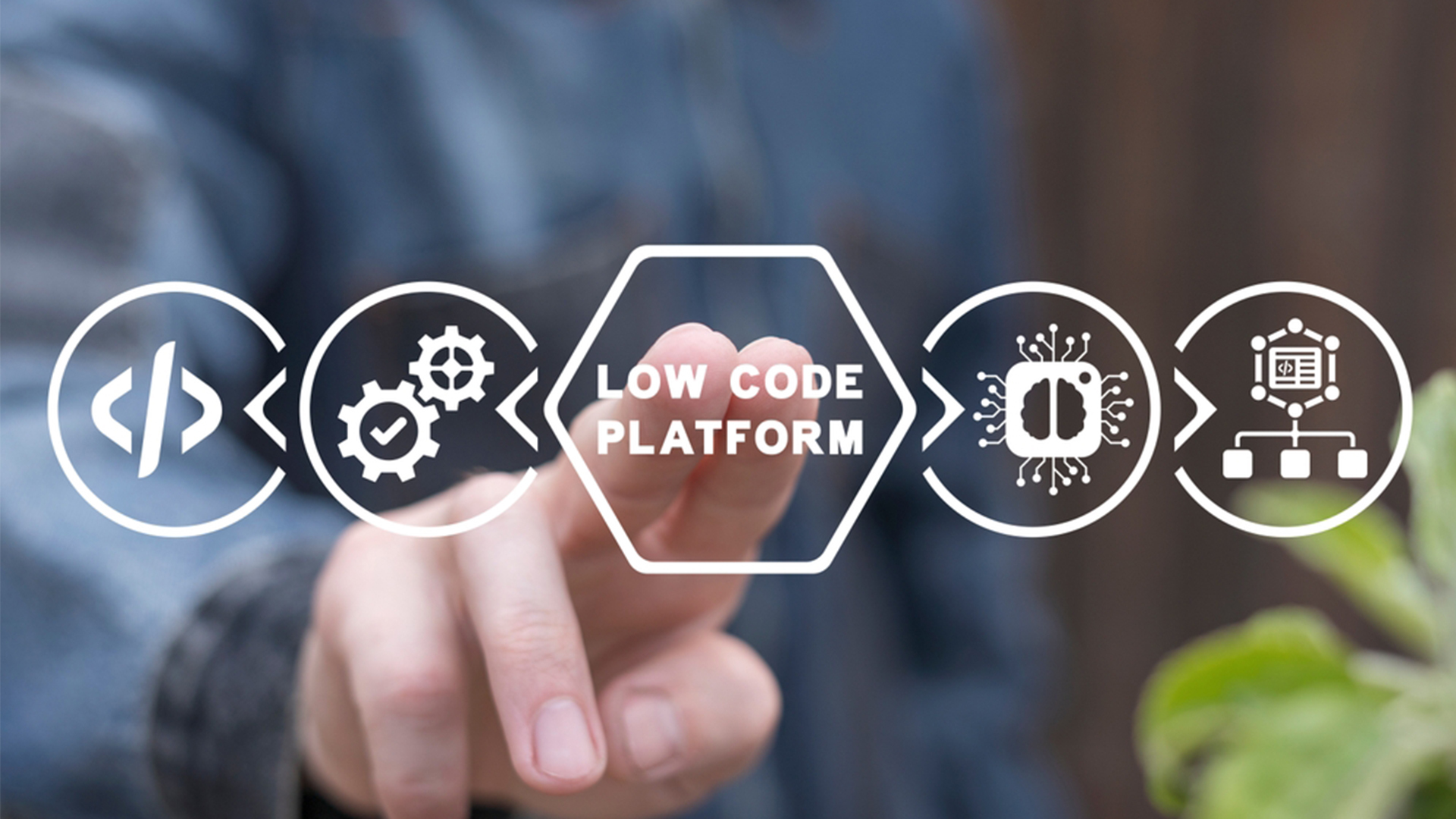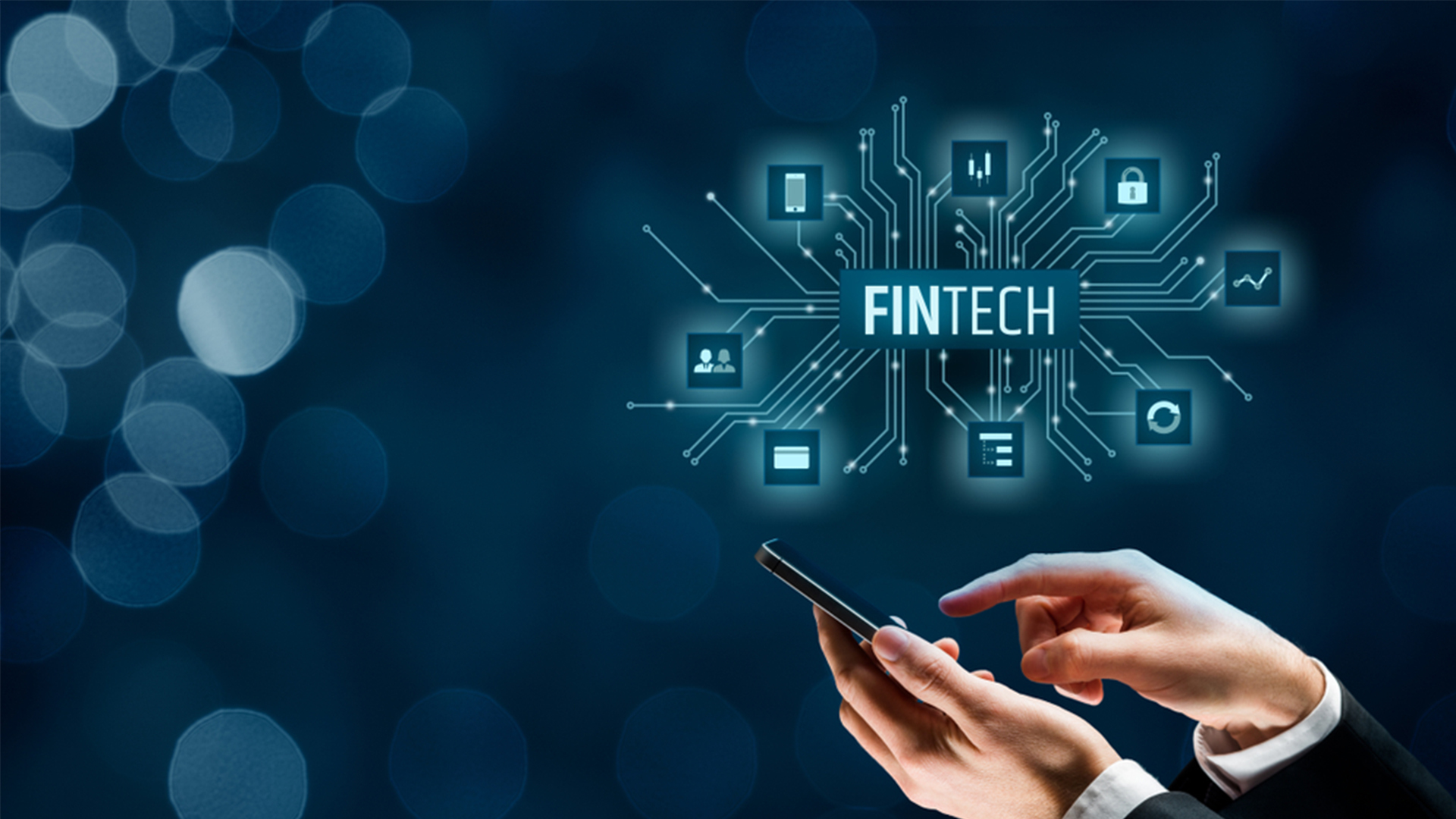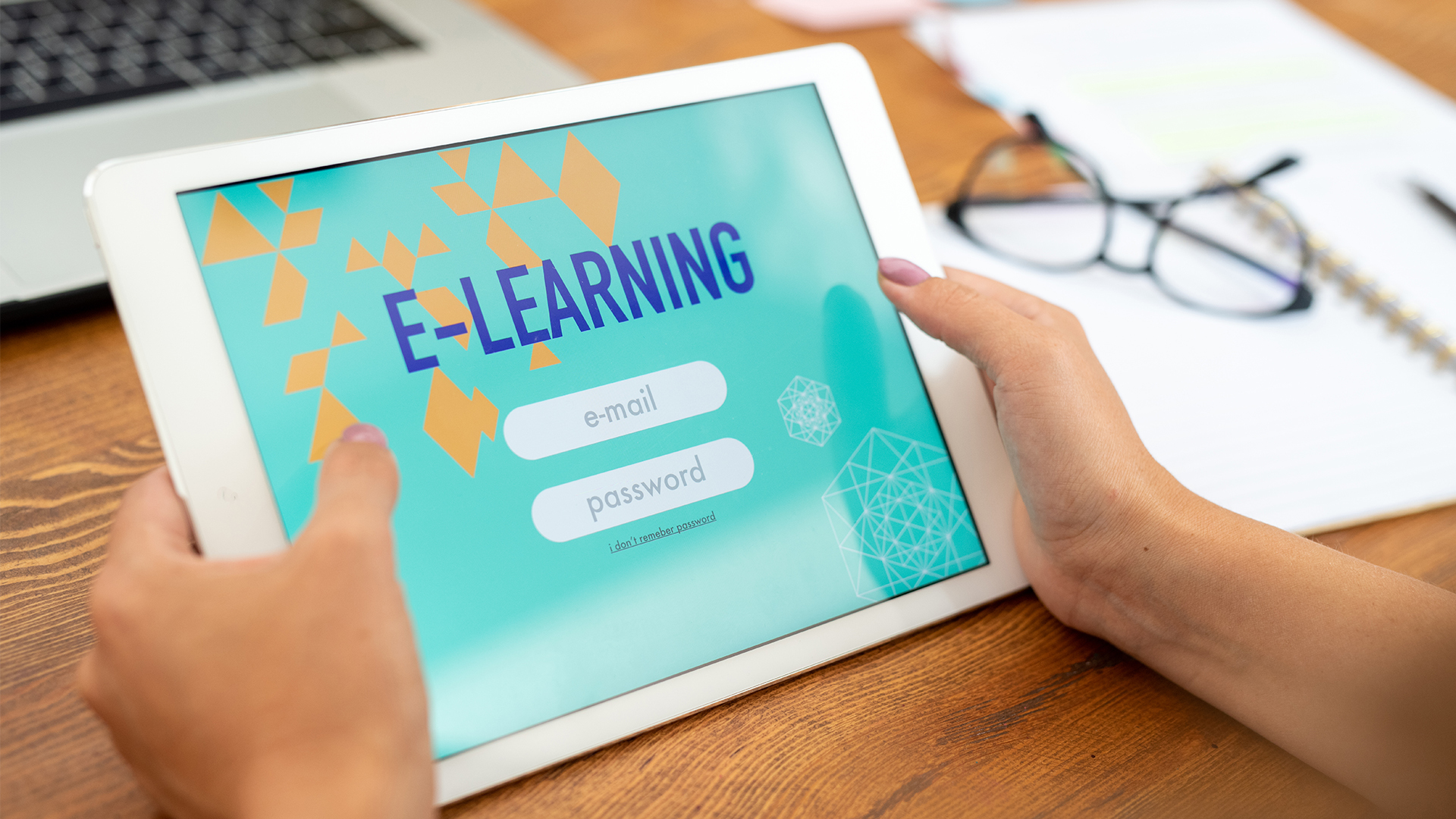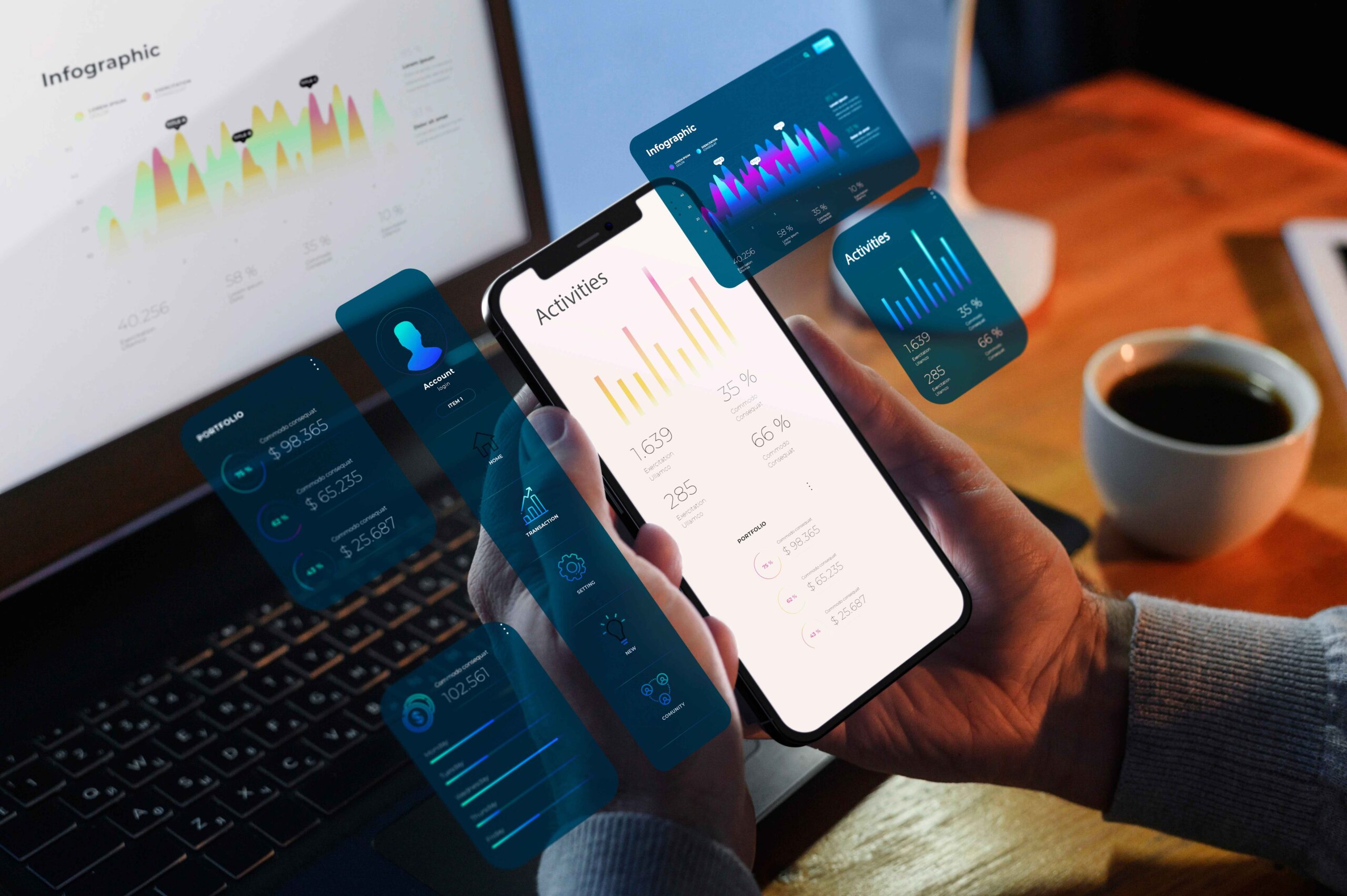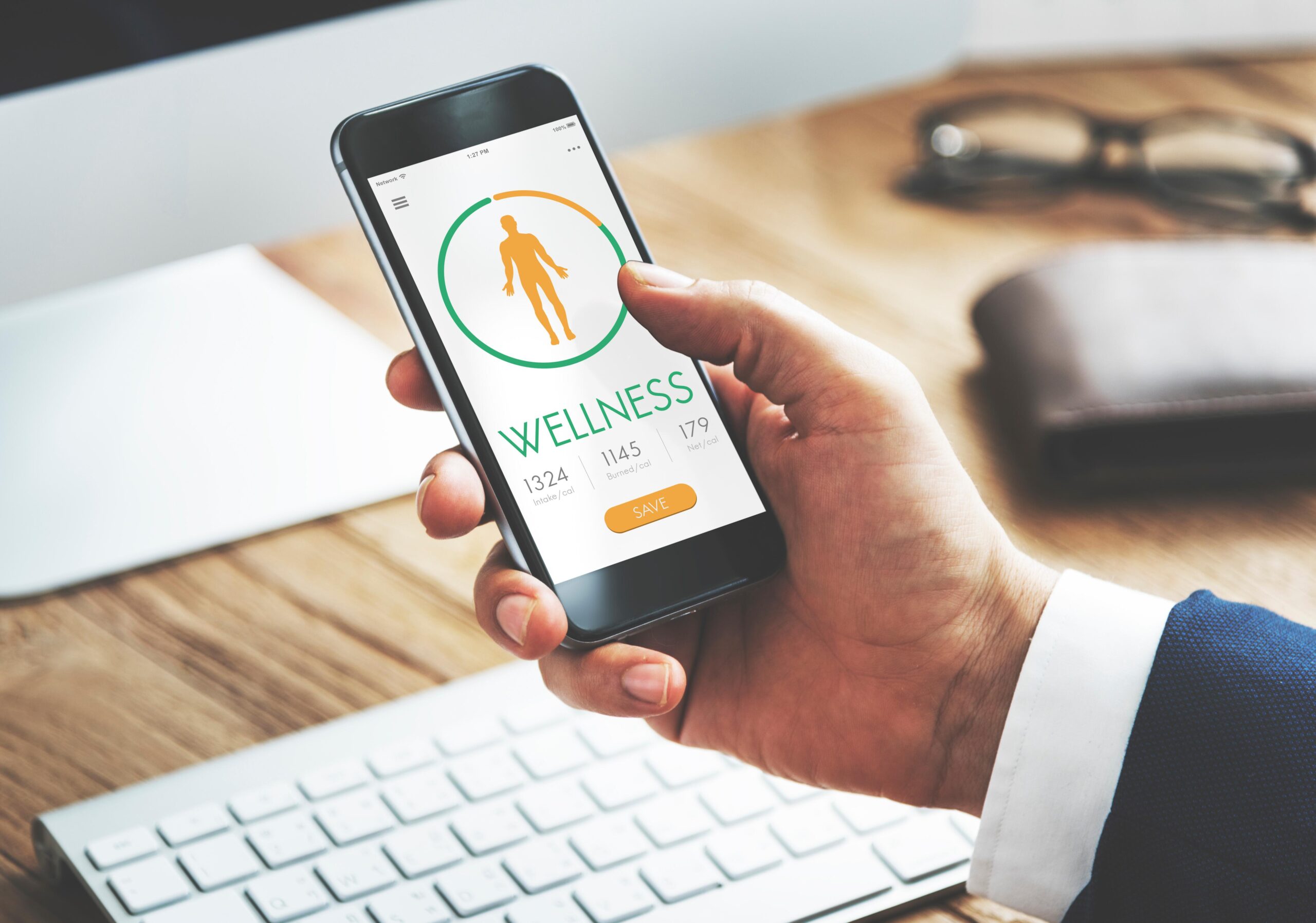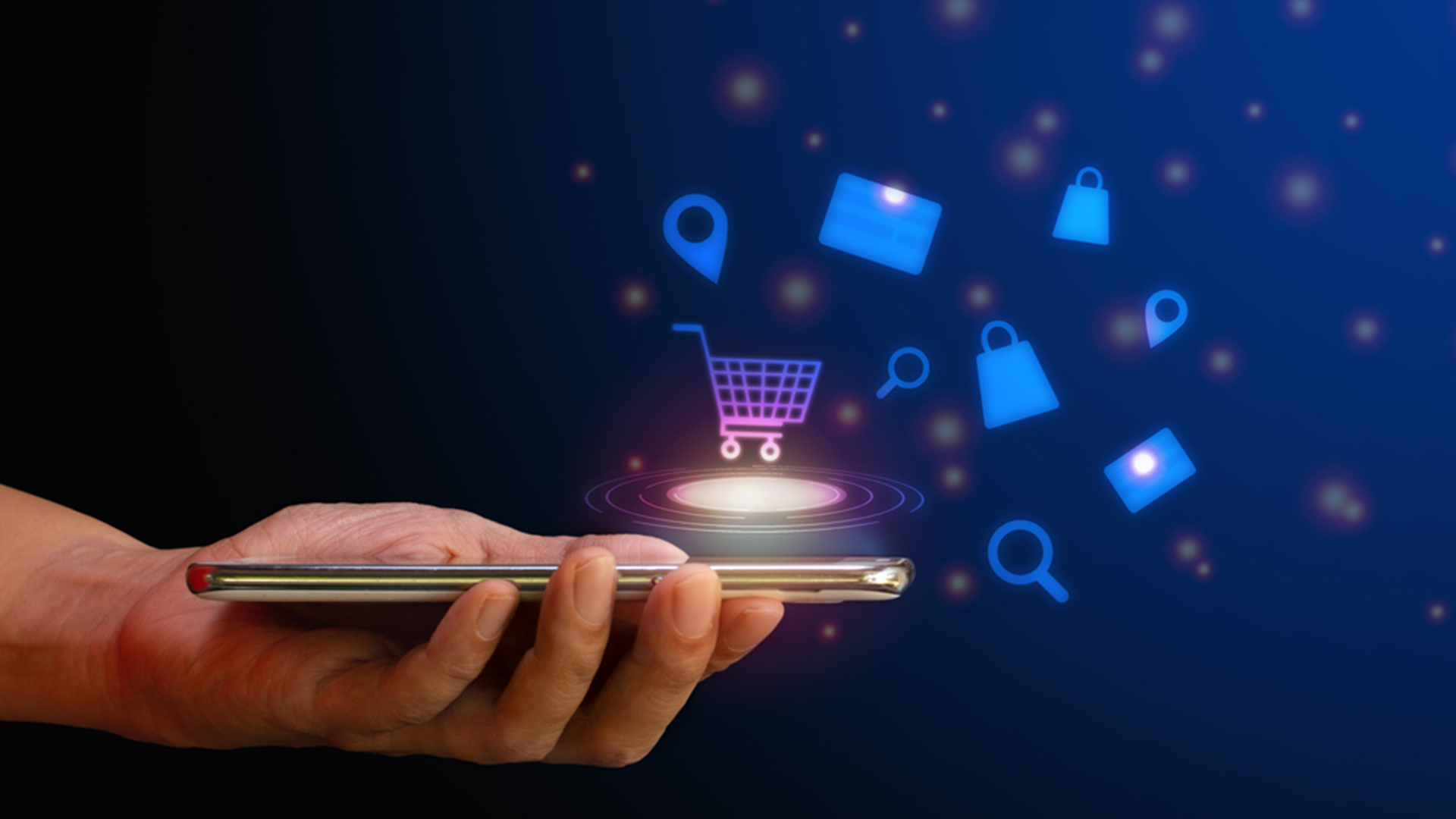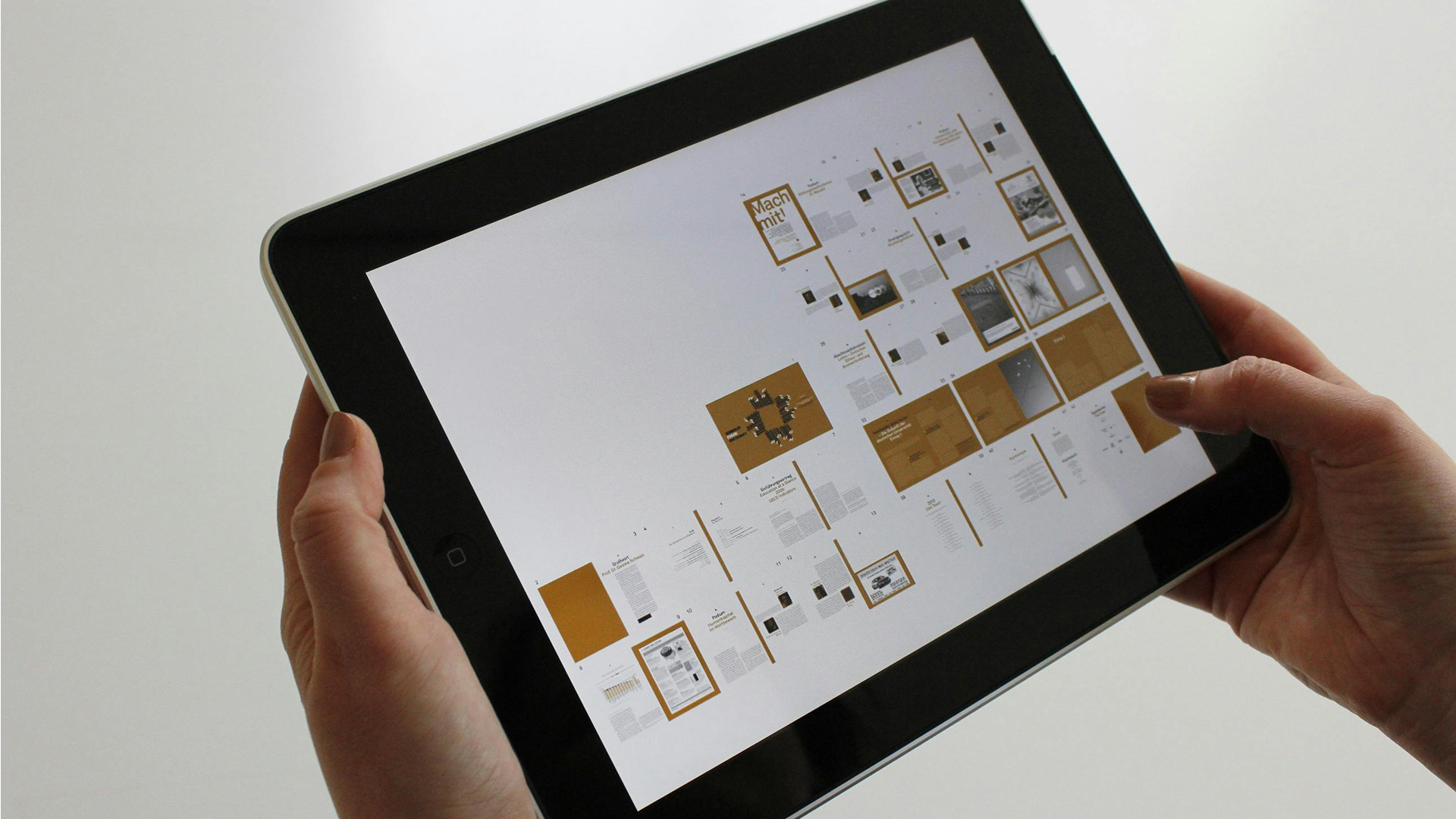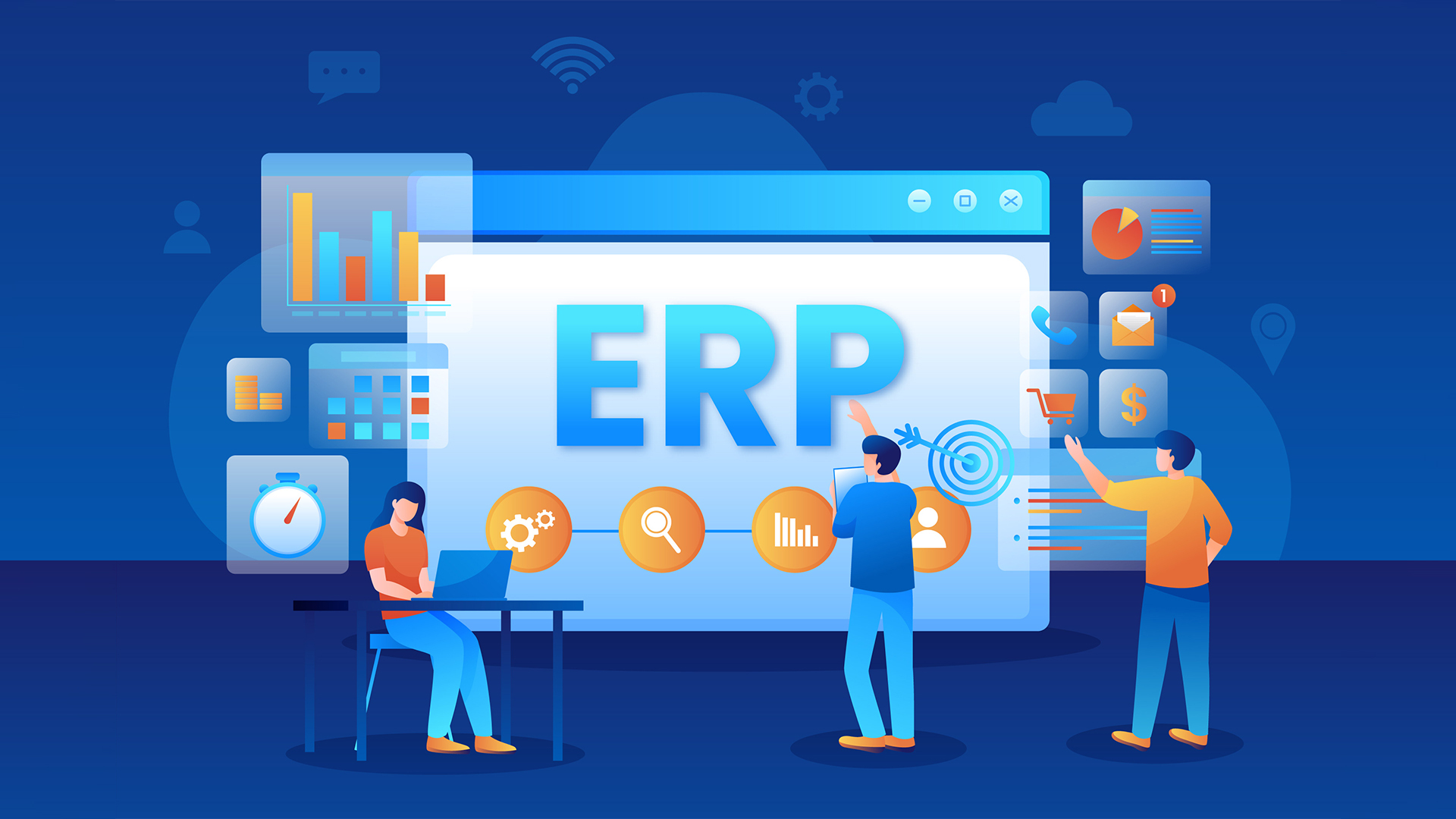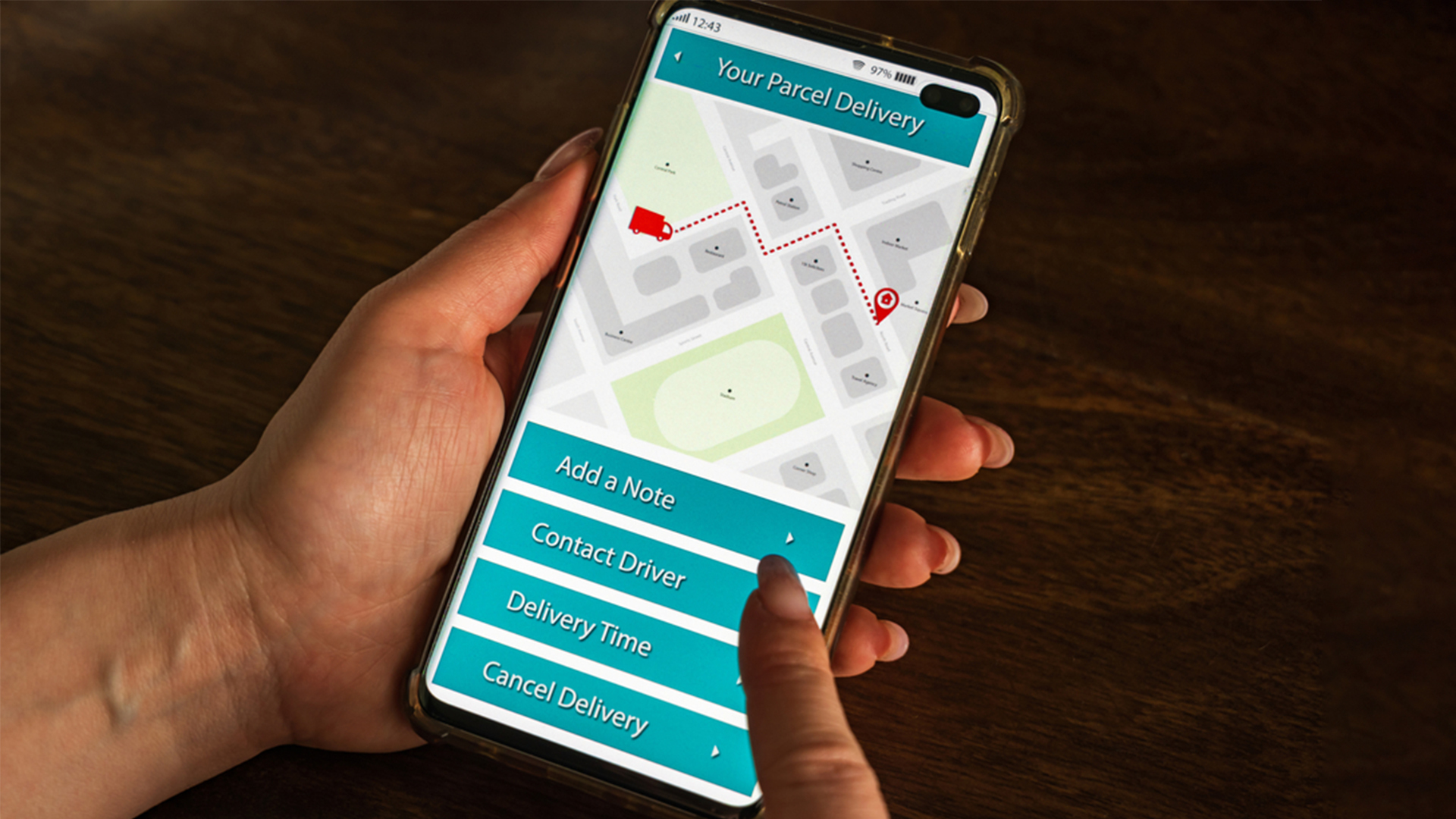In today’s rapidly evolving digital landscape, businesses are constantly under pressure to deliver solutions faster, stay competitive, and innovate continuously. The traditional development methods are powerful but consume more time. This is where low code app development platform come into play, offering a faster, convenient, and more efficient way to build applications.
Developers along with business leaders can all cheer for low-code. Low code app development platform provides drag-and-drop tools, pre-built components, and visual interfaces that allow developers and even non-developers to create functional apps with minimal coding. In this blog, you will explore the top 5 benefits of a low code app development platform and how to choose the best low-code platform.
Top-Notch Benefits of a Low-code App Development Platform
Low-code platforms are undeniably improving productivity and making maintenance easier, the benefits of low-code are veritable. These benefits are designed to help businesses maximize the efficiency of their workloads.
Accelerated Development Time
Decrease development time is one of the most significant benefits of low code app development platform. Unlike traditional coding, where developers write lengthy codes, low-code offers pre-configured components and templates that can be quickly assembled. Whether it’s a seasoned developer doing the coding or a traditional one, it takes less time than hand coding.
For a seasoned developer, low-code is easier and there are just a few bugs to fix.
With a visual interface, developers can drag and drop elements, streamline workflows, and automate repetitive tasks. This cuts down development cycles dramatically, allowing companies to bring their products to market faster.
Reduced Costs
Developing applications from scratch often requires large teams, multiple iterations, and extended timelines, all of which contribute to high development costs. Low-code mobile app development platform eliminates much of this complexity, allowing companies to save money on development resources.
Since even business users or citizen developers can contribute to app creation, the reliance on expensive, highly skilled developers decreases.
Improves Productivity
Low-code development permits businesses to create their apps, which saves a lot of time for developers. It also improves productivity for business users as well because they don’t have to wait for developers to get their request, negotiate for the pricing, and discuss the requirements instead they can execute the idea in no time without the help of an expensive and highly-skilled developer.
Reduced Collaboration with IT Teams
Low-code platforms break down the silos between business and IT teams. In a traditional development setup, business teams often struggle to communicate their needs to IT, leading to delays and misalignment. Because the IT department is backed up with requests already the businesses have to turn to third-party solutions that can give them what they want.
The problem with finding solutions like this is that these third-party solutions aren’t verified by the company’s internal IT department to be secure and comply with the guidelines. With low-code platforms, this gap is bridged as both teams can collaborate more effectively.
Increased Flexibility and Easier Maintenance
With traditional applications, maintenance takes ages. Developers have to fix bugs and add new features manually but with a low-code app development platform, there are very few bugs to deal with. The low-code applications are built in modular architectures, allowing developers to modify, update, or expand applications as business needs evolve.
Whether you need to integrate new features, scale to accommodate more users, or even modify the entire workflow, low-code platforms provide the adaptability to make changes without starting from scratch.
4 Points to Consider While Choosing The Right Low-Code Platform
There are 4 main things to consider while implementing low-code solutions effectively, consider the following set of crucial features when selecting a low-code platform:
Efficient Integration Services
Choose a platform that provides prebuilt interactions for widely distributed applications and allows you to create custom integrations. Moreover, you’ll need a low code web app development platform with strong data management and flexibility. These features simplify connecting with your low-code platform to virtually any system and dataset. Low-code applications must be able to integrate with a host of systems.
Mobile-first User Experience
Prioritize that low-code platform that offers a mobile-first approach ensuring a superior user experience on mobile devices in today’s digital world. A platform that optimizes mobile device usage eliminates challenges linked with adapting designs and functionalities for mobile use.
Proficient Security
Safety and security are a top priority in a low-code platform. It’s not just a feature; it’s a foundation of trust for safeguarding your data. Top low-code platforms come with built-in security features to minimize vulnerabilities and threats. A strong security architecture is necessary for a solid foundation and success
Notification Services
When choosing a low code no-code app development platform, it’s important to consider one that offers built-in alerting capabilities for critical events. The notification feature ensures that vital information doesn’t escape your attention which boosts efficiency and information decision making.
Conclusion
Low code app development platforms are transforming the way businesses create applications by making the process faster, cheaper, and more accessible. Low-code provides multiple benefits including; reduced costs, higher productivity, enhanced security, and more. It’s no wonder that more organizations are turning to these platforms to meet their app development needs in a shorter time. As technology continues to evolve, the demand for agility and speed will only grow.
